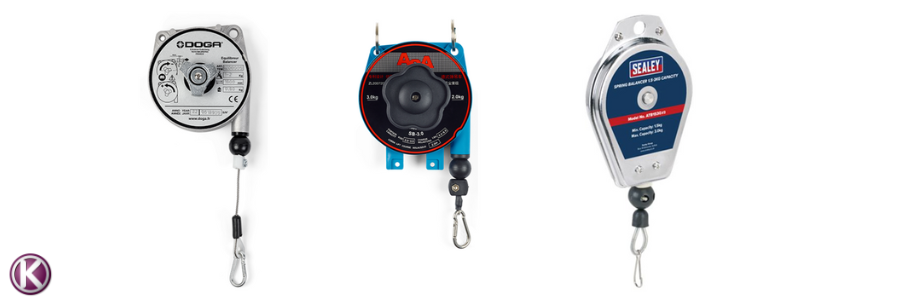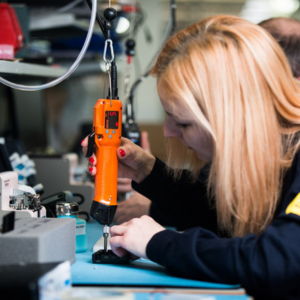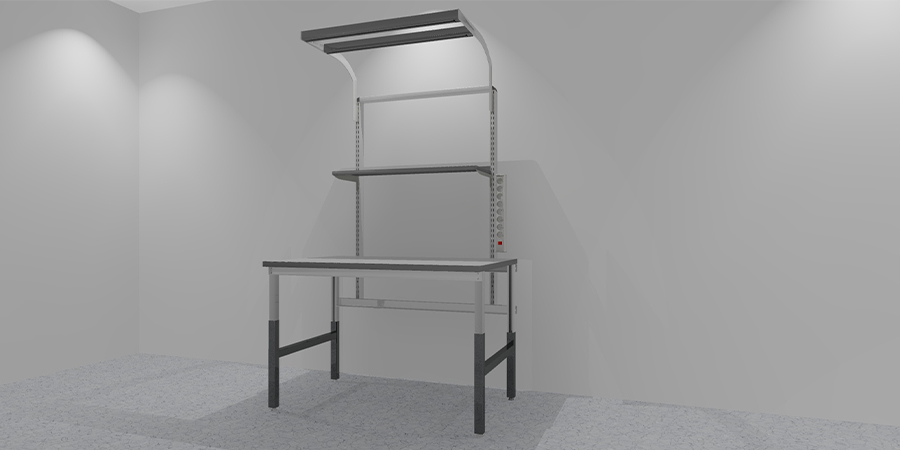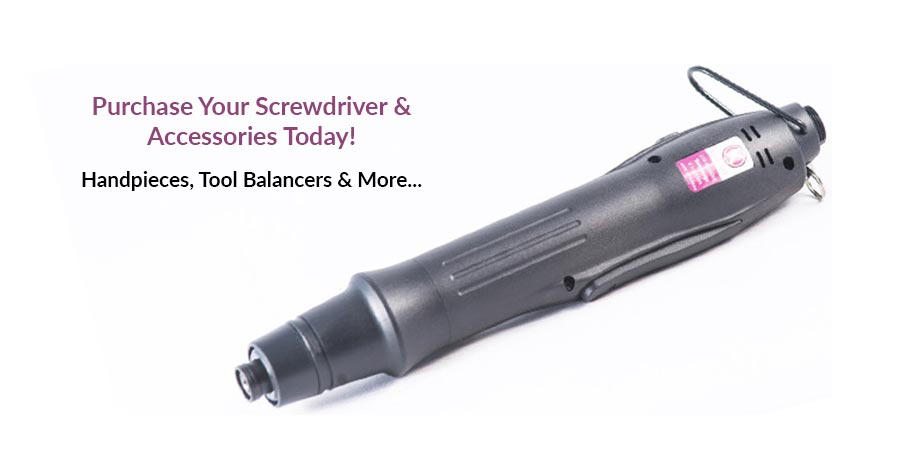


As a manufacturer within a highly competitive industry, quality of output and amount of productivity is imperative to success.
So, when there are tools available that improve both of these aspects and reduce the toll on the operators health and wellbeing, why not invest? Let’s find out more…


What Is A Tool Balancer?
Throughout a day’s work, even a light tool can begin to feel significantly heavier after a few hours. Seems easy to manage for a few weeks or months right? Sure!
However, over time, the repeated motion of lifting the tool and applying pressure day in day out begins to take a toll on the operators muscles, nerves, blood vessels and ligaments.
Fortunately, there is a solution to taking the load off of the operator – tool balancers!
A tool balancer is a type of lifting equipment that significantly reduces the weight of a tool or equipment which is attached to it and this is achieved by applying the correct tensioning spring of the tool balancer.
How Do Tool Balancers Work?
Surprisingly, a tool balancer requires no power supply to operate and make tools virtually weightless to lift. So how is it capable of holding such intense weight effortlessly?
With the use of either spring or pneumatic air mechanisms, tool balancers can create a zero-gravity movement of tools or materials.
Balancers manipulate suspended objects at the pace of the operator’s movements, efficiently handling all types of tools and parts at high speeds.
Pneumatic Air Balancers
Air balancers, or pneumatic balancers, are powered with clean air that creates linear movement of the piston, which is translated into rotational movement of the rope drum by the other balancer components.
Spring Balancers
Firstly there is a top safety hook for anchoring the balancer to a suitable anchor point, think carefully about positioning!
The bottom hook is where you will attach your tool and this is connected to a steel wire rope/cable. The inner workings of the spring balancer allows the cable, hook and therefore tool to be pulled down to use and retracted back to its starting position when let go.
Benefits Of A Tool Balancer
As previously mentioned, there are many benefits that can be reaped from using a tool balancer in the workplace. Here are a select few:
- Balances tool weight so that they’re virtually weightless.
- Suspend tools for easy access to use.
- Aid workers in repetitive, heavy tasks.
- Keeps equipment off of the floor containing and preventing hazards.
- Improves the safety of employees and workstations.
- Reduces tool damage; for example, by being accidentally dropped.
Are you are a common user of heavy electric torque screwdrivers?
Most importantly, a tool balancer improves the operators ergonomics, especially when using heavy tools such as electric torque screwdrivers.
The weightless effect of holding the tool prevents musculoskeletal problems in the future and minimises risk of injury.
To further this point, it reduces human error from the action of picking up and putting the tool back down.


Selecting The Right Tool Balancer
When choosing the correct tool balancer to install into your workplace, you need to consider the facility, size, weight of the tool, and cost parameters. All of these factors result in the differentiation of what tool you should be using.
For instance, the maximum capacity of the tool balancer should be close to the weight of the equipment hanging. Let’s use an electric torque screwdriver as an example.
On average, an electric screwdriver weighs around ten pounds, some even heavier. Of which, tool balancers need to match this weight to work efficiently against operators.
Kaisertech stock a range of spring balancers of premium brands such as ASA, Doga, Sealey and Hios, suitable for all heavy power tool use.
Tool Balancer vs Tool Retractor
Whilst on the topic of tool balancers, it seems only right to address the other popular option of tool handling – tool retractors.
There can be some confusion around the differences between the two, however, choosing between your options really comes down to understanding what your specific application needs are.
Tool retractors are very similar to tool balancers in the sense that they are both designed to store and secure tools while they are not in use, as well as prevent accidents and tool damage from falling tools or misplaced items.
However, tool balancers provide the additional benefit of reducing operator fatigue when using these heavy tools and equipment, as well as using less effort when moving it around unbalanced.
Conclusion
To sum up, tool balancers are arguably a valuable asset to have within the workplace, especially where your workstation may be cluttered with heavy, and expensive machinery such as electric torque screwdrivers.
When using heavy power tools at high level frequency, it is super important to consider the operators wellbeing in the long-term.
As we now know, tool balancers are the perfect solution to ensure worker safety by reducing fatigue and employing a weightless method to everyday tasks.
















